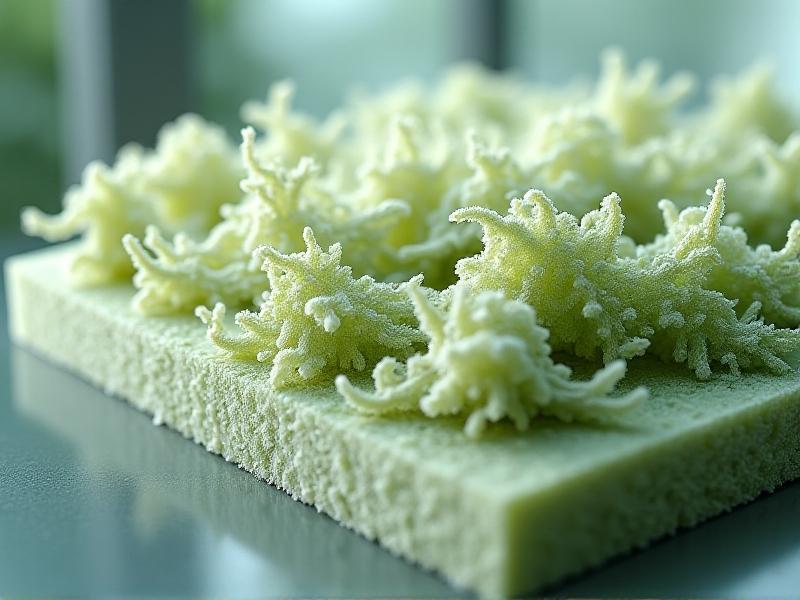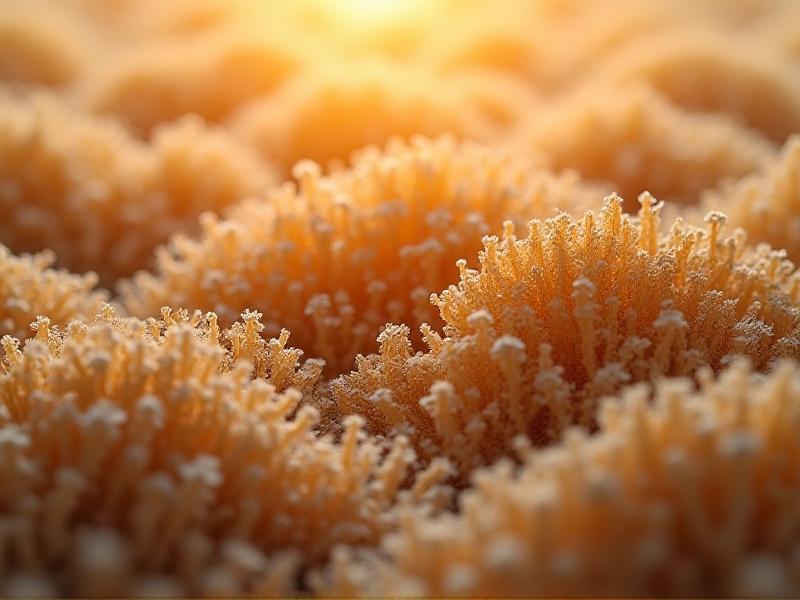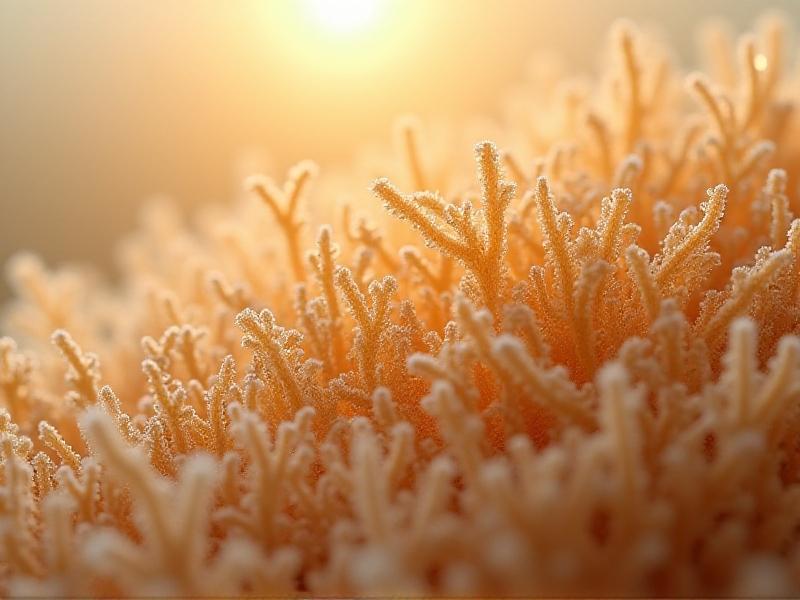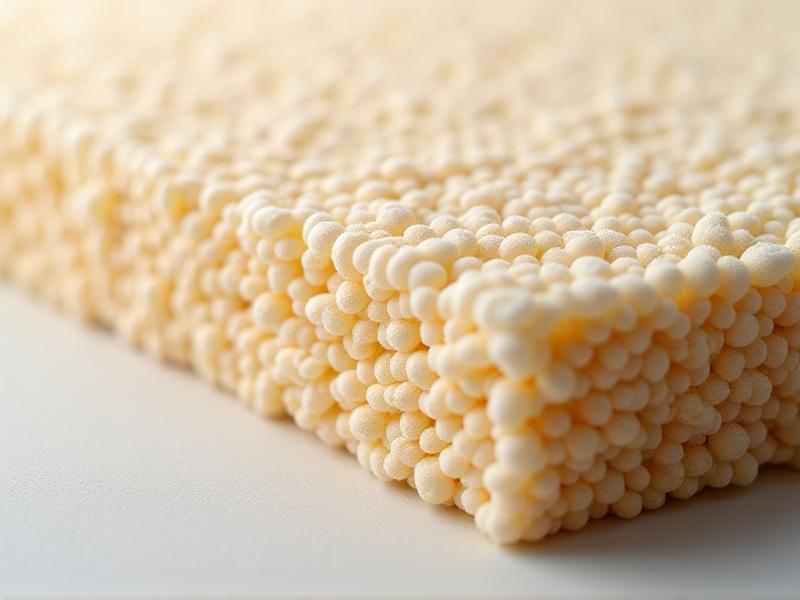Harvesting and Curing Timelines for Maximum Insulation Efficiency
Understanding the Importance of Harvesting and Curing for Insulation Efficiency
Harvesting and curing are critical processes in the production of insulation materials, particularly those derived from natural fibers like hemp, flax, and wool. These steps not only determine the quality and durability of the final product but also significantly impact its insulation efficiency. Proper harvesting ensures that the raw materials retain their natural properties, while curing enhances their structural integrity and thermal performance. By understanding the science behind these processes, manufacturers can optimize their methods to produce insulation materials that meet the highest standards of energy efficiency and sustainability.

Optimal Harvesting Techniques for Natural Fibers
Harvesting natural fibers at the right time is essential for maximizing their insulation potential. For instance, hemp plants should be harvested just before flowering to ensure the fibers are at their strongest and most flexible. Similarly, flax is best harvested when the stems turn yellow, as this indicates peak fiber maturity. Timing is crucial because premature or delayed harvesting can compromise the fibers' quality, leading to weaker insulation materials. Additionally, using gentle harvesting methods, such as hand-cutting or low-impact machinery, helps preserve the fibers' natural structure and minimizes damage.
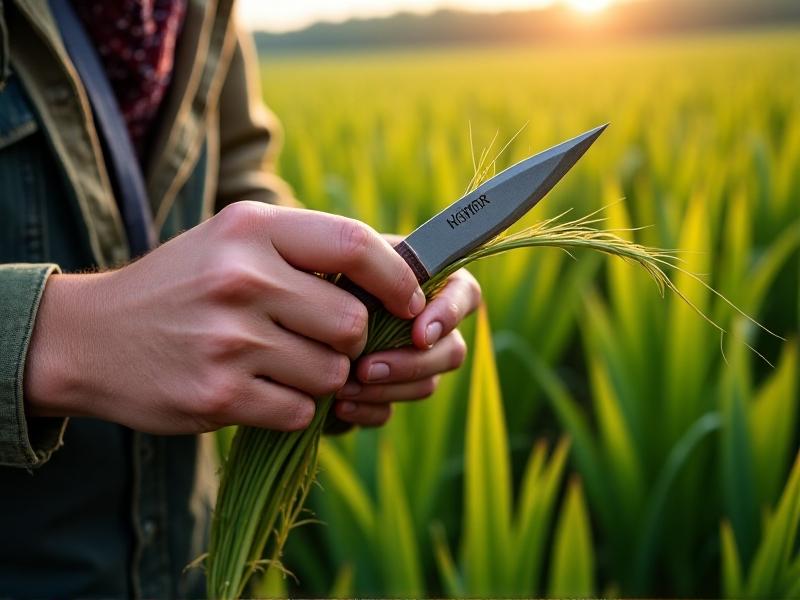
The Science of Curing: Enhancing Fiber Properties
Curing is the process of drying and treating harvested fibers to improve their performance in insulation applications. For natural fibers, curing involves exposing them to controlled environmental conditions, such as specific humidity and temperature levels, to remove moisture and stabilize their structure. This process not only strengthens the fibers but also enhances their thermal resistance and fire-retardant properties. Proper curing ensures that the insulation material can effectively regulate temperature, reduce energy consumption, and provide long-lasting performance in buildings.

Timelines for Harvesting and Curing: Striking the Right Balance
Determining the ideal timelines for harvesting and curing is a delicate balance that depends on the type of fiber, environmental conditions, and intended use of the insulation material. For example, hemp fibers typically require a curing period of 4-6 weeks, while flax fibers may need up to 8 weeks. Rushing these processes can result in subpar insulation, while prolonging them unnecessarily can lead to increased costs and resource consumption. By carefully monitoring the fibers' moisture content and structural changes, manufacturers can optimize the timelines to achieve maximum insulation efficiency.
Environmental Factors Affecting Harvesting and Curing
Environmental conditions play a significant role in the success of harvesting and curing processes. Factors such as temperature, humidity, and sunlight exposure can influence the fibers' quality and curing efficiency. For instance, high humidity levels can prolong the curing process, while excessive heat can cause fibers to become brittle. Manufacturers must adapt their methods to local climates and implement strategies like controlled drying environments or seasonal harvesting schedules to mitigate these challenges. By understanding and managing environmental factors, they can produce insulation materials that consistently meet performance standards.
Innovations in Harvesting and Curing Technologies
Advancements in technology are revolutionizing the way natural fibers are harvested and cured. Automated harvesting machines equipped with sensors can precisely determine the optimal time to cut plants, ensuring maximum fiber quality. Similarly, modern curing facilities use advanced climate control systems to maintain ideal conditions for drying and treating fibers. These innovations not only improve efficiency but also reduce the environmental footprint of insulation production. By embracing these technologies, manufacturers can stay ahead in the competitive insulation industry while promoting sustainability.
Case Studies: Successful Harvesting and Curing Practices
Examining real-world examples provides valuable insights into effective harvesting and curing practices. For instance, a hemp insulation manufacturer in Europe has optimized its processes by combining traditional hand-harvesting techniques with state-of-the-art curing facilities. This approach has resulted in high-quality insulation materials that are both energy-efficient and environmentally friendly. Similarly, a flax producer in Canada has implemented seasonal harvesting schedules to align with local weather patterns, ensuring consistent fiber quality. These case studies demonstrate the importance of tailored strategies in achieving maximum insulation efficiency.
Future Trends in Harvesting and Curing for Insulation
As the demand for sustainable insulation materials grows, the industry is poised for further advancements in harvesting and curing techniques. Researchers are exploring new methods, such as bio-based curing agents and AI-driven monitoring systems, to enhance fiber properties and streamline production processes. Additionally, there is a growing emphasis on circular economy principles, where waste materials from harvesting and curing are repurposed into new products. These trends not only promise to improve insulation efficiency but also contribute to a more sustainable and resilient built environment.

